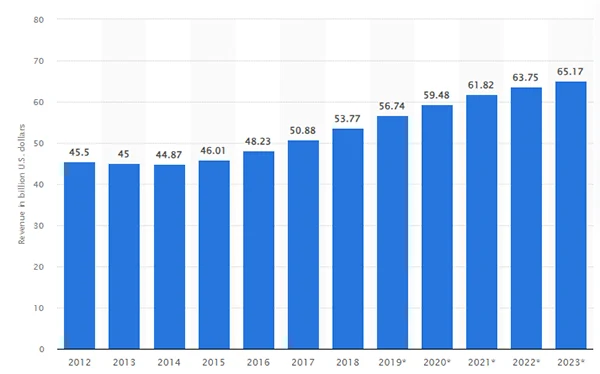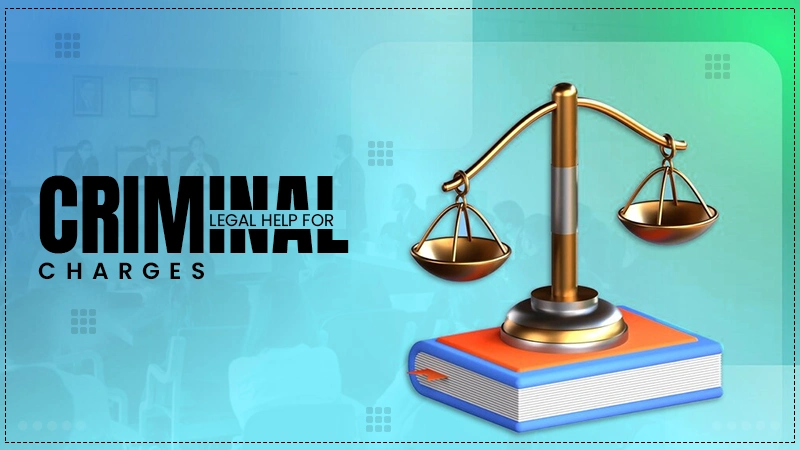Best Practices for Legally Adding Music to Your Marketing Videos

Video marketing has become a fundamental tool for businesses to engage with their audience and promote their products or services today. One key element that can significantly enhance the impact of your videos is the addition of music.
However, it is imperative to understand the laws surrounding the use of melodies in your ads to avoid copyright infringement and potential legal issues.
In this article, we will explore the best practices for legally adding music to your marketing videos.
Understand Copyright Laws
Before diving into the world of music licensing, it is imperative to have a basic understanding of copyright laws. Copyright protects the original works of authors, composers, and artists, giving them exclusive rights to reproduce, distribute, and perform their creations.
This includes sound compositions, putting music on videos, and recordings. As a marketer, you must respect these rights and obtain proper permission for any melody you use in your videos.
Choose Royalty-Free Music
One of the safest ways to add them to your videos is by picking royalty-free audio. Royalty-free is pre-authorized for certain uses, meaning you can use it lawfully by paying a one-time fee or subscribing to a service that provides access to a library of royalty-free tracks. These platforms offer a wide range of genres and styles, allowing you to find the perfect tune to complement your content.
Use Stock Music Libraries

(This graph shows the music industry revenue worldwide from 2012 to 2023, in $US billion).
Stock libraries are a valuable resource for opting for high-quality audio that is specifically licensed for commercial use. These libraries often categorize their sounds based on genres, moods, and durations, making it easier to find the right track for your recording. Some popular stock platforms include Epidemic Sound, AudioJungle, and PremiumBeat.
Obtain Proper Licenses
If you wish to use a particular copyrighted song in your marketing video, you must obtain the necessary certificates from the copyright holder. This typically involves contacting the publisher or the rights management organization representing the artist. The process can be complex and may require negotiation and payment of consent fees.
It’s decisive to consult with juridical professionals or experts to ensure you comply with all legal requirements.
Understand Different Types of Licenses
It’s pivotal to understand the different types of permissions available when obtaining licenses for sounds. The two main types are synchronization and master permits.
A synchronization license grants you the right to use a specific composition in sync with your visual content, while a master allows you to use a particular song recording. In some cases, you may need both types of authorization to use a copyrighted song in your video legally.
Consider Creative Commons (CC) Licenses
Creative Commons licenses provide a flexible and legitimate way to use melodies in your visuals. Artists who release their work under a Creative Commons permit allow others to use their tunes under specific conditions.
There are different types of Creative Commons licenses, so it’s necessary to review the terms and ensure you comply with the requirements, such as giving proper attribution to the artist.
Hire a Composer

For businesses with larger budgets or specific audio requirements, hiring a composer to create original beats for your marketing videos can be an excellent option.
Working with a composer allows you to tailor the product to your brand content, ensuring a unique and memorable experience for your viewers. When hiring a composer, be sure to discuss the licensing terms and rights to the song they create.
Keep Documentation
Regardless of the source, it is vital to keep proper documentation of the permissions obtained. This documentation serves as evidence that you have legally obtained the rights to use the sound in your videos and can protect you in case of any juridical disputes or claims of copyright infringement.
Fair Use Considerations
Fair use is a lawful doctrine that allows for the limited use of copyrighted material without permission from the copyright holder. While fair use can provide some flexibility in using copyrighted audio in certain cases, it is a complex and often subjective concept.
Fair use is determined by factors such as the purpose and character of the use, the nature of the copyrighted work, the amount and substantiality of the portion used, and the effect on the market for the original work. It’s important to consult with legal experts to assess if your use of music falls within the fair use guidelines.
Monitor Copyright Claims
Even when you have obtained a proper certificate or used royalty-free music, automated content identification systems on platforms like YouTube and Facebook may still flag your visuals for potential copyright infringement. These systems compare your content’s audio against a patent material database.
If you receive a claim, review the claim carefully and provide the necessary documentation to prove that you have the right to use the melodies. Promptly addressing patent claims can help prevent temporary or permanent takedowns of your ads.
Do You Know?
Each of the gramophone trophies given to artists who win a Grammy takes 15 hours to make, according to The New York Times. The 5-pound awards are made of a special medal called “grammium”.
Conclusion
Adding music to your marketing videos can greatly enhance their impact and engagement. However, it is required to follow the best practices and legal guidelines to avoid copyright infringement and potential juridical consequences. If you choose royalty-free music, stock music libraries, or obtain licenses for copyrighted songs, understanding the lawful framework surrounding tune usage is vital.
By taking the necessary steps to legally add audio to your content, you can create compelling content while respecting the rights of artists and copyright holders.








